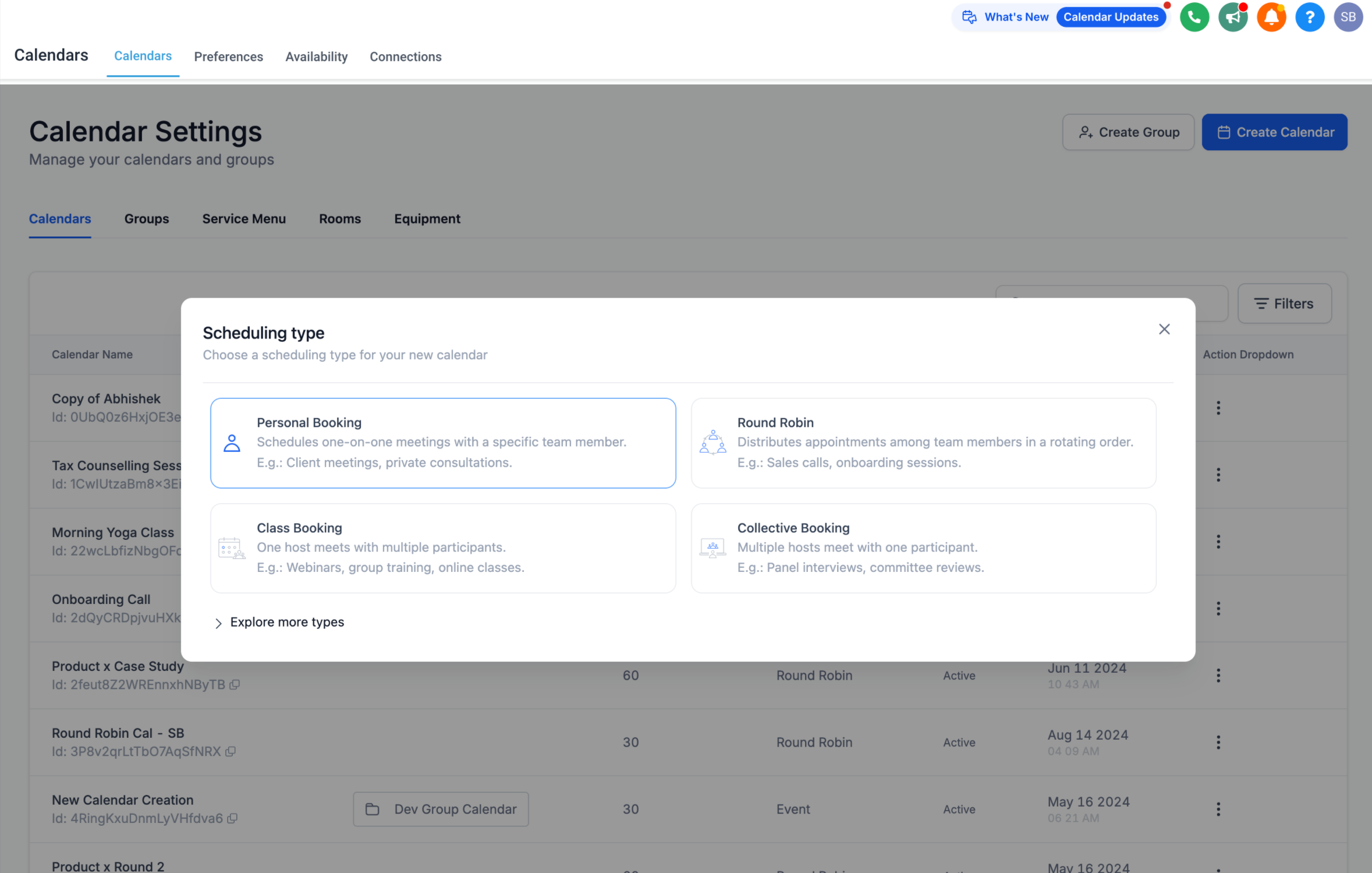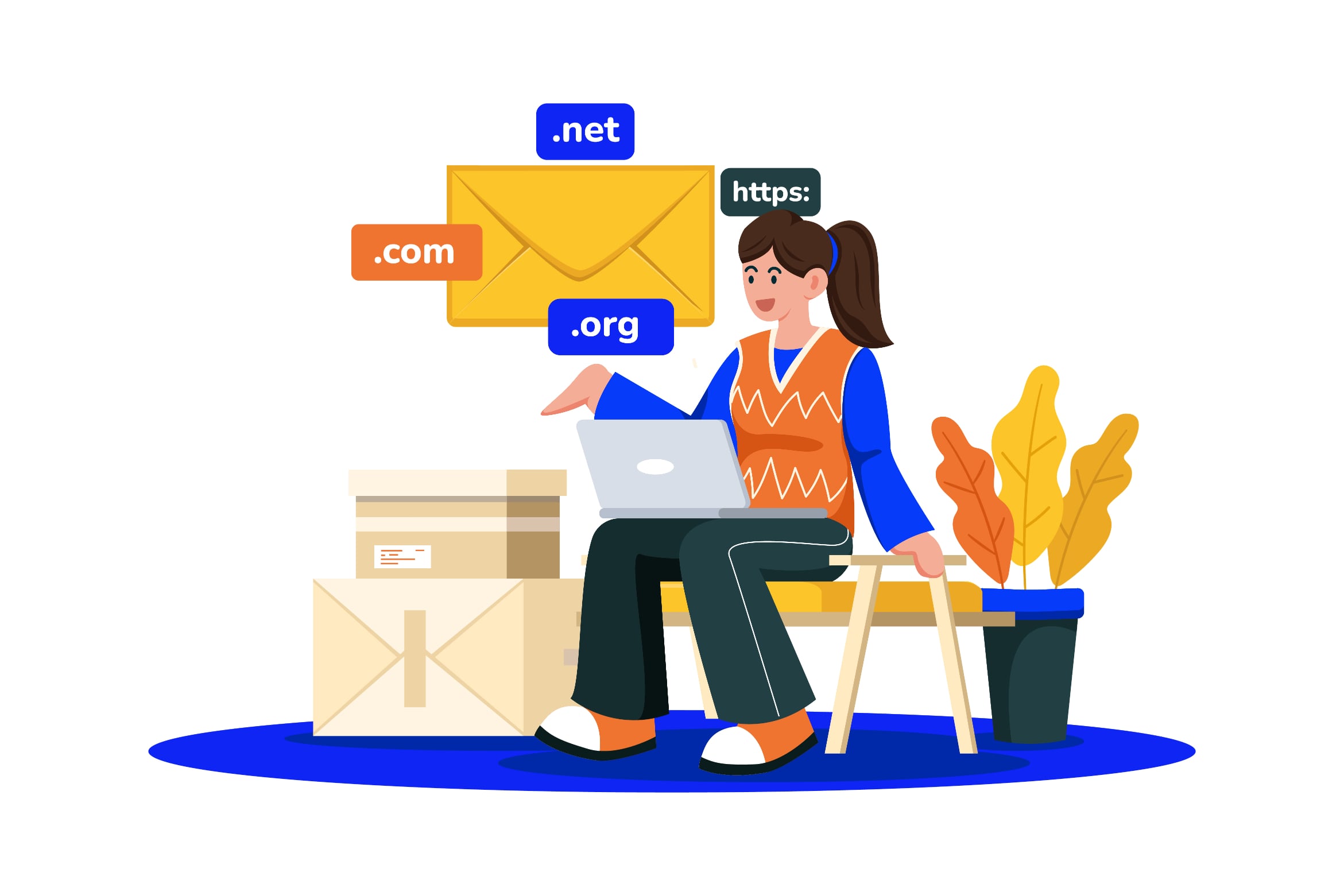Tech-Free Course Creation: How to Focus on Content, Not Coding
The Tech-Free Revolution in Online Course Creation
Are you ready to unleash your teaching potential without getting tangled in tech troubles? Welcome to the era of tech-free course creation, where your expertise takes center stage and coding concerns fade into the background. In this article, we’ll explore how you can craft compelling online courses that captivate your students, all without touching a single line of code. Whether you’re a seasoned educator or a first-time course creator, you’ll discover how to harness user-friendly tools and strategies that let you focus on what truly matters – sharing your knowledge and transforming lives.
Get ready to embark on a journey that will revolutionize the way you approach online education, making course creation not just accessible, but downright enjoyable. Let’s dive in and unlock the secrets to creating courses that resonate, engage, and inspire – no tech wizardry required!
The Content Creation Conundrum
Many aspiring course creators face a common dilemma: they have valuable knowledge to share but feel overwhelmed by the technical aspects of course creation. This fear of technology can be a significant barrier, preventing experts from sharing their wisdom with the world. However, the reality is that modern course creation platforms have evolved to cater to creators of all technical skill levels.
The key lies in understanding that your primary value as a course creator comes from your expertise and teaching ability, not your coding skills. By focusing on what you do best – creating engaging, informative content – you can leave the technical heavy lifting to specialized tools designed for this purpose.
Embracing User-Friendly Course Platforms
One of the most significant game-changers in the online education space has been the emergence of user-friendly course creation platforms. These platforms offer intuitive, drag-and-drop interfaces that allow you to build professional-looking courses without writing a single line of code.
When choosing a platform, look for features like:
- Drag-and-drop course builders
- Customizable templates
- Integrated video hosting
- Quiz and assessment tools
- Student progress tracking
Platforms like CourseHub Pro offer these features and more, allowing you to focus on crafting your content while the technical aspects are handled seamlessly in the background.
Structuring Your Course for Success
With the technical barriers removed, you can channel your energy into structuring your course for maximum impact. Here’s a step-by-step approach to help you organize your content effectively:
- Define Your Learning Objectives: Start by clearly outlining what students will be able to do or understand by the end of your course.
- Create a Course Outline: Break down your content into modules and lessons, ensuring a logical flow of information.
- Develop Engaging Content: Focus on creating diverse content types, including video lectures, written materials, quizzes, and practical exercises.
- Incorporate Interactive Elements: Use features like discussion forums, live Q&A sessions, and peer reviews to enhance engagement.
- Design for Different Learning Styles: Include visual, auditory, and kinesthetic elements to cater to various learning preferences.
Remember, a well-structured course is easier for students to follow and for you to create and manage.
Leveraging Multimedia Without the Headache
Multimedia elements can significantly enhance the learning experience, but they often seem technically daunting. However, with the right tools, incorporating various media types into your course can be straightforward:
- Video Content: Use simple screen recording tools or your smartphone for high-quality video lectures. Many course platforms offer built-in video hosting, eliminating the need for complex setups.
- Audio Lessons: Podcasting-style audio lessons can be created with basic recording equipment and free editing software.
- Infographics and Images: Utilize user-friendly design tools like Canva to create professional-looking visuals without graphic design skills.
- Interactive Quizzes: Most course platforms provide easy-to-use quiz creation tools that automatically grade and track student progress.
By focusing on creating valuable content in these formats, you can produce a rich, multimedia course without getting lost in technical complexities.
The Power of Community in Tech-Free Course Creation
Building a community around your course not only enhances the learning experience for your students but can also provide you with valuable support and feedback. Here’s how to leverage community without adding technical complexity:
- Utilize Built-in Community Features: Many course platforms offer integrated discussion forums or community spaces. Use these to foster student interaction and provide support.
- Host Live Q&A Sessions: Platforms like Zoom or even Facebook Live can be used for regular live sessions, allowing real-time interaction with your students.
- Encourage Peer-to-Peer Learning: Set up study groups or pair assignments to promote collaboration among students.
- Gather Feedback: Use simple survey tools to collect student feedback, helping you improve your course over time.
Remember, building a community is about fostering connections, not mastering complex technology.
Automating Your Course Business
While the idea of automation might sound technical, modern course platforms offer numerous ways to streamline your course business without coding knowledge:
- Automated Emails: Set up welcome messages, course reminders, and completion emails to keep students engaged throughout their learning journey.
- Drip Content: Release course content gradually to maintain student engagement and prevent overwhelm.
- Payment Processing: Utilize integrated payment systems to handle transactions securely without needing to set up complex e-commerce solutions.
- Analytics and Reporting: Take advantage of built-in analytics to track student progress and course performance, informing your content decisions.
These automation features allow you to run your course business efficiently, giving you more time to focus on creating and improving your content.
Overcoming Common Tech Fears
Even with user-friendly platforms, some course creators still harbor fears about technology. Let’s address some common concerns:
- Fear of Looking Unprofessional: Remember, professionalism comes from the quality of your content and teaching, not flashy technical features.
- Worry About Technical Glitches: Choose a reliable platform with good customer support to minimize and quickly resolve any issues.
- Concern About Data Security: Reputable course platforms prioritize data security, often providing more robust protection than individual creators could implement themselves.
- Anxiety About Keeping Up with Tech Trends: Focus on creating timeless, valuable content. The right platform will evolve to incorporate new trends without requiring constant updates from you.
By reframing these fears and focusing on your strengths as an educator, you can move past tech anxiety and into confident course creation.
Continuous Improvement Without Technical Overwhelm
The beauty of modern course creation is the ability to iterate and improve your course over time without major technical overhauls. Here are some strategies for continuous improvement:
- Gather Student Feedback: Use simple surveys or feedback forms to understand what’s working and what needs improvement.
- Update Content Gradually: Add new lessons or resources as you develop them, keeping your course fresh and relevant.
- Experiment with New Features: As you become more comfortable with your chosen platform, gradually explore new features to enhance your course.
- Focus on Teaching Methods: Continuously refine your teaching style and methods based on student engagement and outcomes.
Remember, the most successful courses evolve over time, driven by student needs and your growing expertise, not by chasing the latest tech trends.
Conclusion
Creating an impactful online course doesn’t require you to become a tech expert. By focusing on your strengths as an educator and leveraging user-friendly tools, you can create courses that truly resonate with your students. The key is to choose the right platform that handles the technical aspects, allowing you to pour your energy into crafting engaging content and fostering a vibrant learning community.
As you embark on your course creation journey, remember that your unique knowledge and teaching style are your most valuable assets. With platforms like CourseHub Pro, you have all the tools you need to bring your expertise to life in a digital format, without getting caught up in coding complexities.
Are you ready to focus on what you do best – teaching and inspiring your students? Explore how CourseHub Pro can simplify your course creation process, allowing you to build the course of your dreams without the tech headaches. Your expertise deserves to be shared, and now you have the means to do it effortlessly.








